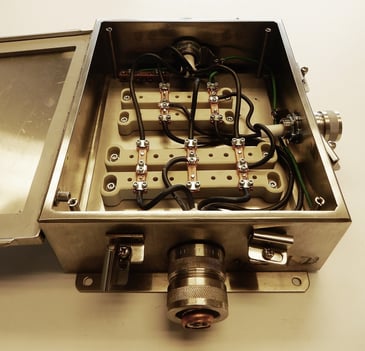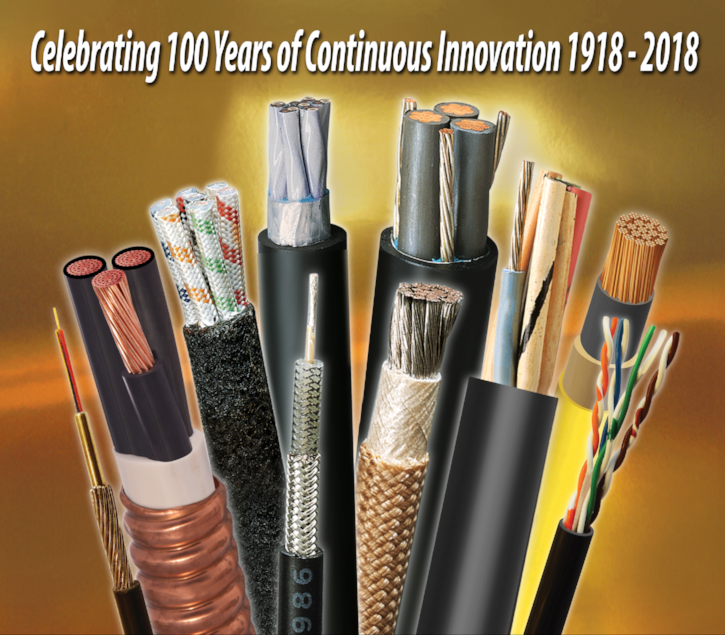 In June 2012 UL learned of compatibility issues when Classified Fire-Resistive Cables were installed in systems where zinc was used as in interior coating in rigid steel conduits. At the high temperatures the zinc coating inside the conduit system vaporizes and interacts with the copper conductor creating a brass alloy. Brass melts at a lower temperature, which compromises the integrity of the electrical system causing premature failure. The UL-2196 test is designed to evaluate the performance of electrical circuit protective systems in severe fire events—specifically, when exposed to fire for 2 hours followed by the mechanical shock of a fire hose stream.
In June 2012 UL learned of compatibility issues when Classified Fire-Resistive Cables were installed in systems where zinc was used as in interior coating in rigid steel conduits. At the high temperatures the zinc coating inside the conduit system vaporizes and interacts with the copper conductor creating a brass alloy. Brass melts at a lower temperature, which compromises the integrity of the electrical system causing premature failure. The UL-2196 test is designed to evaluate the performance of electrical circuit protective systems in severe fire events—specifically, when exposed to fire for 2 hours followed by the mechanical shock of a fire hose stream.
UL-2196 Cable Performance Testing Impacts The Following Projects:
- Fire Pump – Feeder/Controls
- Elevators
- Smoke control equipment
- Command center critical systems
- Pressurized stairway systems
- Smoke management systems
- Fire Alarm Systems
- Electrical Equipment rooms
- Emergency Generators
The cables are tested as a complete system as they would be installed in the field. The system may include the cable and/or raceway support, couplings, boxes, optional splices, vertical supports, pulling lubricants, cable tray and more. When the UL findings became public, RSCC worked to examine, develop and create a cost-effective solution that would continue to function while being exposed to the severe fire requirements of UL-2196.
Impact Of Our New Cables
The RSCC VITALink Cable impacts project economics in the following ways:
- Ensuring the facility or infrastructure will perform as designed well long-term
- Allowing engineers to draft more flexible, efficient and cost-effective designs
- Streamlining the project’s implementation and ability to meet milestones
- Protecting project stakeholders from future safety risk and liability exposure
Reasons UL-2196 cables exceed other methods
- A Full Scale Test- the test was developed for the fire rating of doors, windows, walls and more.
- Time Needed For High Heat – can withstand high temperatures for specified period of time typically longer than other cables needed in a fire event.
- The Hose Stream test after the fire exposure – after the cable withstands the two hour high heat exposure it is hit with a fire hose stream to represent thermal shock and vibration after which the cables must perform electrically to pass the test.
- Insulation Resistance tested- during the fire test and after the hose stream insulation resistance is monitored to indicate any possible weaknesses in the insulation performance. A low amperage fuse to measure failure.
R-SCC
In 2014, RSCC gained approval for product with a 2 HR listing to UL 2196 for its MC (metal clad) cable product line.
Feel free to check out our MC vs. MI cost comparison chart. We use the NECA labor rates to compare the labor units of MC vs. MI. Find out which cable necessitates the most time and cost to install and terminate.

